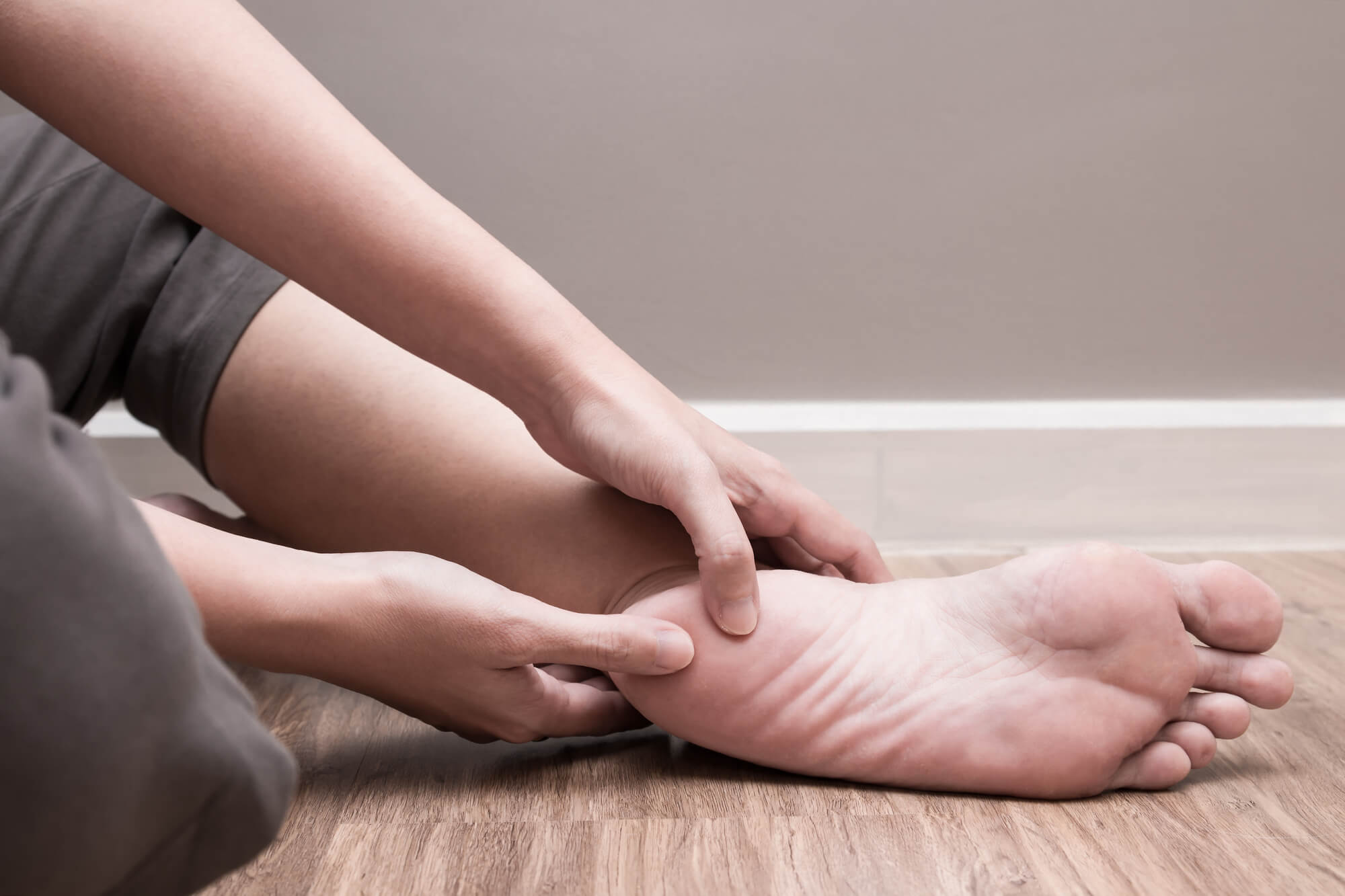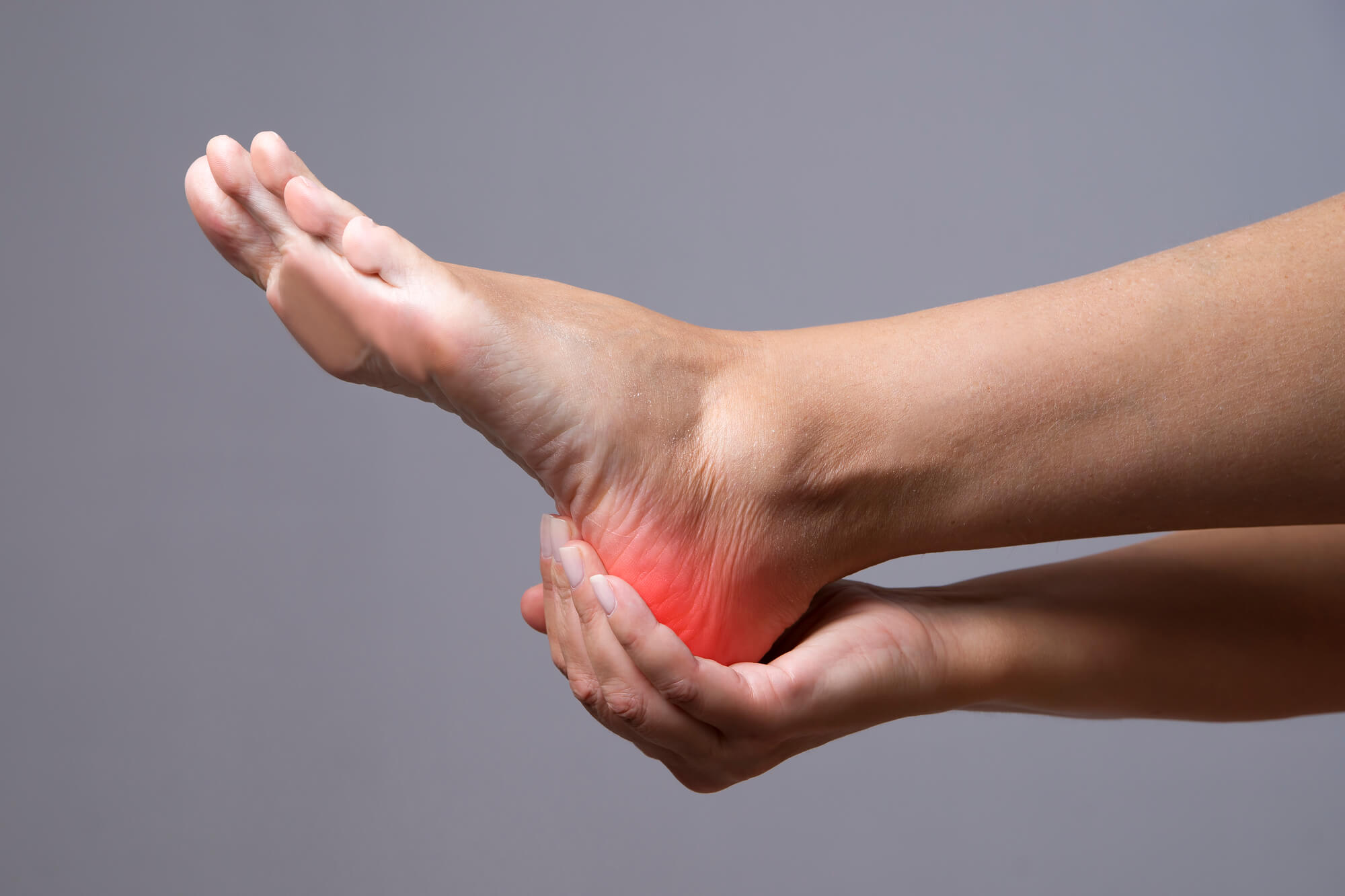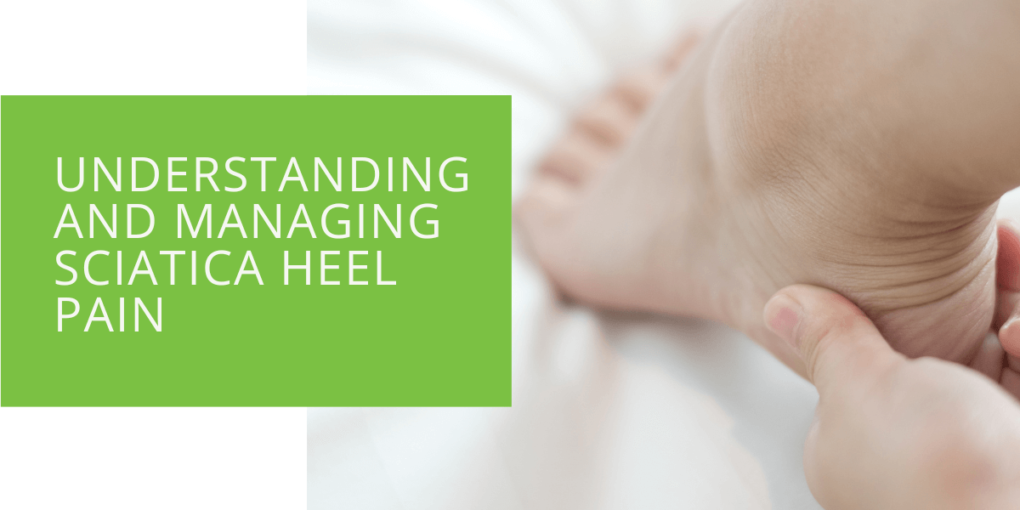Understanding and Managing Sciatica Heel Pain
Are you experiencing foot pain that radiates from your lower back, through your thigh and buttock, and down to your heel? This could be a sign of sciatica heel pain. This article will delve into the causes, symptoms, and effective strategies to understand and manage this condition. By gaining a comprehensive understanding of sciatica heel pain, you can take steps toward finding relief and improving your quality of life.
What is Sciatica?
Sciatica refers to the compression or irritation of the sciatic nerve, which runs from the lower back to the legs. Herniated discs, spinal stenosis, or piriformis syndrome often cause it. When the sciatic nerve is affected, it can cause many symptoms, including foot pain, numbness, and tingling sensations.
The Connection between Sciatica and Heel Pain
Sciatica can lead to heel pain due to the compression or irritation of the sciatic nerve roots. The pain may radiate along the nerve pathway and present as discomfort in the heel. It's important to differentiate between sciatica-related heel pain and other foot conditions to ensure accurate diagnosis and appropriate treatment.
Identifying Symptoms and Diagnosis
Recognizing the symptoms associated with sciatica heel pain is crucial for proper diagnosis. These symptoms may include shooting pain, a dull ache in the heel, and numbness and tingling sensations. Seeking a professional diagnosis from a podiatrist or healthcare provider is important to determine the underlying cause and develop an effective treatment plan. Diagnostic methods such as physical examination, imaging tests, and nerve conduction studies may be utilized.

Treatment Options for Sciatica Heel Pain
1. Conservative Treatment Approaches
Conservative treatments are often the first line of defense against sciatica heel pain. Rest, ice, compression, and elevation (RICE) can help manage pain and reduce inflammation. Nonsteroidal anti-inflammatory drugs (NSAIDs) may be prescribed to alleviate discomfort and reduce inflammation. Physical therapy exercises can improve flexibility, strength, and posture, relieving pressure on the sciatic nerve and reducing heel pain.
2. Stretching and Strengthening Exercises
Targeted stretching and strengthening exercises can provide relief from sciatica heel pain. Exercises focusing on the lower back, hips, and legs can help alleviate pressure on the sciatic nerve. Stretching the piriformis muscle and hamstring muscles can reduce sciatic nerve compression. Strengthening exercises help support proper alignment and minimize pain.
3. Medications and Pain Management
In severe cases, medications such as muscle relaxants or nerve pain medications may be prescribed to alleviate symptoms. Epidural steroid injections can relieve temporary pain by reducing inflammation around the affected nerve roots. Alternative pain management techniques may also be considered, including acupuncture or transcutaneous electrical nerve stimulation (TENS).
4. Footwear Modifications and Orthotic Devices
Choosing appropriate footwear with good arch support and cushioning can alleviate pressure on the heel. Custom orthotic devices can provide additional support, stability, and alignment, reducing strain on the sciatic nerve. Heel lifts or shoe inserts may address leg length discrepancies or reduce heel strain.
5. Lifestyle Modifications and Self-Care
Maintaining a healthy weight is essential to reduce pressure on the lower back and feet. Practicing proper posture and body mechanics can help avoid aggravating the sciatic nerve. Applying heat or cold therapy, as a healthcare professional recommends, can relieve pain.

When to Seek Professional Help
It's important to seek professional help if you experience foot pain that radiates from your lower back to your heel. A podiatrist or healthcare provider can accurately diagnose the condition and develop a tailored treatment plan. Early diagnosis and treatment are crucial to prevent further complications and manage the underlying cause of your foot pain. They can help determine whether sciatica is the primary cause or if there are other factors contributing to your symptoms.
Conclusion
Sciatica heel pain can significantly impact your daily life and mobility. By understanding the causes, symptoms, and treatment options associated with this condition, you can take proactive steps toward managing and finding relief from your foot pain. Conservative treatment approaches, stretching exercises, pain management techniques, footwear modifications, and lifestyle modifications can all contribute to reducing discomfort and promoting healing. Consult a podiatrist or healthcare provider for an accurate diagnosis and personalized treatment plan. By working together, you can effectively manage your sciatica heel pain and improve your overall quality of life.
FAQ
How to relieve sciatica heel pain?
Relieving sciatica heel pain often involves a combination of conservative treatments. These may include rest, ice or heat therapy, over-the-counter pain medications, physical therapy exercises, stretching routines, and orthotic devices or footwear modifications. It's important to consult with a healthcare professional for a personalized treatment plan based on your sciatica's underlying cause and severity.
Can heel pain cause sciatica?
Heel pain itself is not a direct cause of sciatica. However, sciatica can cause pain radiating from the lower back to the heel. The compression or irritation of the sciatic nerve roots, typically due to conditions like herniated discs or spinal stenosis, leads to sciatica heel pain. Identifying and addressing sciatica's root cause is essential to manage the associated heel pain effectively.
Does sciatica foot pain go away?
The duration of sciatica foot pain varies depending on the underlying cause, severity, and individual factors. Sciatica foot pain may sometimes resolve independently with rest and conservative treatments. However, if the underlying cause persists or is left untreated, the pain may continue or worsen. It is advisable to seek professional diagnosis and treatment to manage sciatica foot pain effectively and improve the chances of resolution.
What does sciatica heel pain feel like?
Sciatica heel pain is often described as a shooting or radiating pain originating from the lower back, traveling through the buttock and thigh, and extending down to the heel. The pain may vary in intensity, ranging from a dull ache to sharp or burning sensations. Other accompanying symptoms can include numbness, tingling, or weakness in the foot. If you experience these symptoms, it's important to consult with a healthcare professional for an accurate diagnosis and appropriate management.

